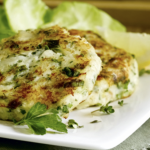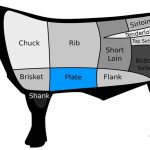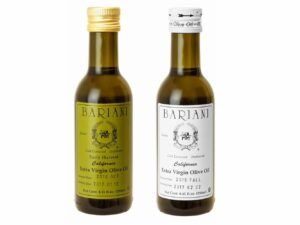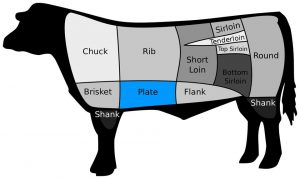
One of the top questions we get at the market is, “What is salmon bacon?” The belly, bacon, or toro of the fish is a thin strip of flesh on the bottom of the filet. It is a prized part of any fish. The juicy flesh is full of omega-3 oil and the skin is tender and white due to lack of exposure to the sun.
I had never eaten fresh salmon until stepping on a commercial salmon boat in Alaska. Most boat cooks will bake salmon in an oven for simplicity. I noticed that every time, the skipper scooped up the belly meat before the filet was finished cooking. My friend Sven Haakanson Jr, curator of the Alutiiq Museum of Kodiak, suggested an ethnography entitled Black Ducks and Salmon Bellies. It describes a historical period when sailing ships landed on Kodiak and harvested sockeye salmon. The belly of the fish was salted, sealed in wooden barrels, and sailed back to Europe as a delicacy. The people of Kodiak consider fish belly as almost sacred, to be savored for special occasions and served to honored guests.
Any method of cooking salmon bacon is a nutritious treat, but frying them in a skillet is really worth it. Frying the skin to crispy definitely makes for tasty salmon chicharron! Pick up some sockeye salmon bacon at the growers market and try this simple recipe:
Crispy Salmon Bacon
Ingredients:
- 1/4 cup lard, tallow or ghee
- 1 pound salmon bellies/bacon
- 1/2 teaspoon salt
- 1/2 teaspoon finely ground black pepper
Instructions:
- Heat skillet and lard.
- Add salmon bellies one by one, do not crowd the skillet. Let fry until the skin is crispy, then flip. The thin strips of salmon bacon will fry quickly, typically only a minute or few per side is sufficient.
- Once the bellies are fried, sprinkle salt, pepper and other spices if desired. Great as a main dish or for use on salads or fish tacos.
Notes: If you plan to use vegetable/seed oils in place of lard, don’t bother frying anything. These oils are toxic and not safe for human consumption. As for the skillet; I only use cast iron or stainless steel as non-stick/coated cookware is also toxic.
Enjoy!
Kenny






1 Comment
[…] Crispy Salmon Bacon […]